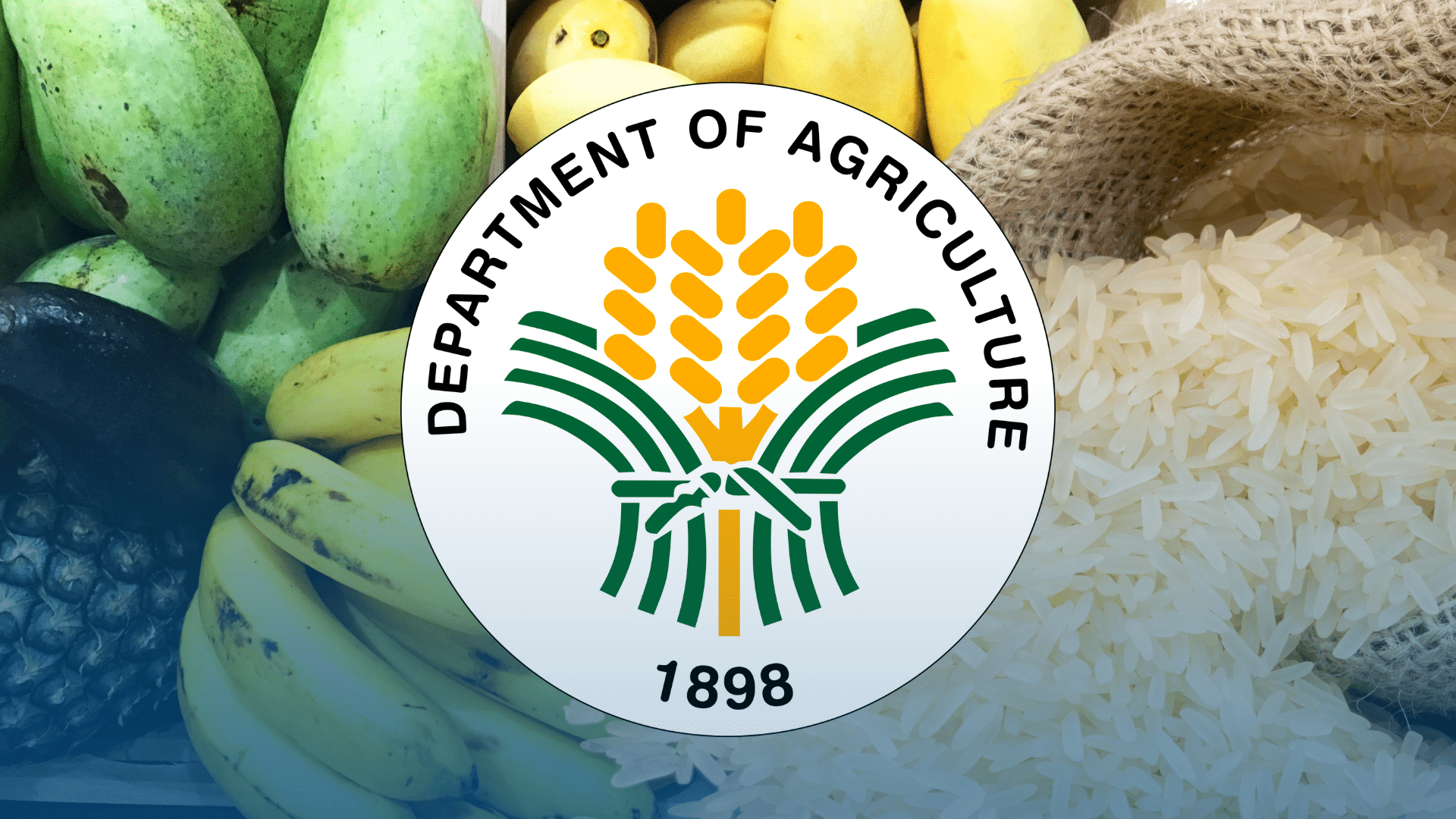
THE World Bank continues to expect Philippine economic growth to fall below target this year up to 2026 amid a clouded regional outlook.
In its latest Global Economic Prospects report, the World Bank retained its growth forecast for 2024 at 5.8 percent, below the government's downwardly-revised 6.0- to 7.0-percent goal.
Those for 2025 and 2026 were set at 5.9 percent each, respectively also lower than the 6.5- to 7.5-percent and 6.5- to 8.0-targets announced in March.
The forecasts — still among the highest for emerging Asian economies — are only topped by Cambodia, which is seen growing by 5.8 percent this year, 6.1 percent next year and 6.4 percent in 2026.
Vietnam — forecast to grow by 5.5 percent this year — is expected to overtake the Philippines in 2025 and 2026 with expansions of 6.0 percent and 6.5 percent, respectively.
For the wider East Asia and Pacific (EAP) region, the World Bank forecast growth of 4.8 percent this year, down from 5.1 percent in 2023, as a slowdown in China offsets faster growth in several other economies.
While up from the previous forecast of 4.5 percent, it pointed out that the "growth in China continues to slow, outweighing a slight pickup elsewhere in the region."
China was forecast to post growth of 4.8 percent this year, down from 5.2 percent in 2023 but better than the earlier projection of 4.5 percent.
Growth will likely slow further to 4.1 percent next year, lower than the previous forecast of 4.3 percent, and 4.0 in 2026.
EAP growth, meanwhile, is expected to further soften next year and 2026 at 4.2 percent and 4.1 percent, respectively.
"Over the forecast horizon, GDP growth in most EAP economies except China — including Indonesia, Malaysia, and the Philippines — will be anchored by solid growth of private consumption supported by low inflation, declining borrowing costs, and firm labor market conditions," the World Bank said.
"However, both private and public investment are projected to remain subdued," it added.
It also said that heightened uncertainty — stemming from recent political transitions, conflicts, and global trade policy concerns — was likely to dampen private investment.
Rising public debt, which now exceeds pre-pandemic levels in most countries in the region, along with delays in budget approvals, is also expected to constrain public investment growth in some economies.
Meanwhile, the World Bank expects global inflation to moderate to 3.5 percent in 2024 and 2.9 percent in 2025. However, the pace of decline is slower than previously anticipated six months ago.
Consequently, many central banks are expected to remain cautious about lowering policy interest rates.
"Although food and energy prices have moderated across the world, core inflation remains relatively high — and could stay that way," World Bank Deputy Chief Economist Ayhan Kose said.
"That could prompt central banks in major advanced economies to delay interest-rate cuts. An environment of 'higher-for-longer' rates would mean tighter global financial conditions and much weaker growth in developing economies," he added.
The World Bank said inflation in major East Asia and Pacific economies was expected to stay subdued this year due to lower commodity prices, spare capacity, and subsidies.
Monetary policy, in turn, is likely to ease this year and next, with lower real borrowing costs modestly boosting domestic demand.
However, it said that interest rate cuts would probably be small due to central banks' worries about inflation and tight monetary policies in major advanced economies limiting their flexibility
In the Philippines, inflation stayed within the Bangko Sentral ng Pilipinas (BSP) target range of 2.0 to 4.0 percent in May, reaching 3.9 percent. However, it is expected to exceed the target until July before falling back within the range.
This has given the BSP enough confidence to consider easing monetary policy as early as August, potentially even before the US Federal Reserve.
Read The Rest at :




